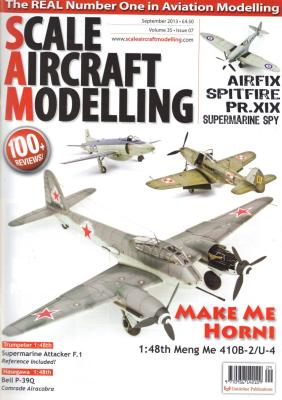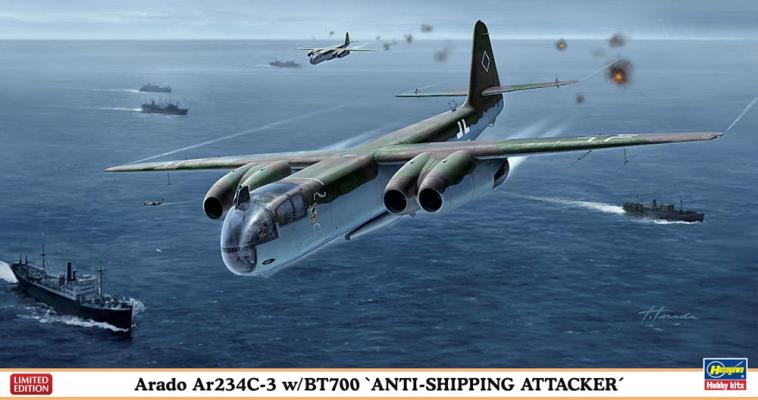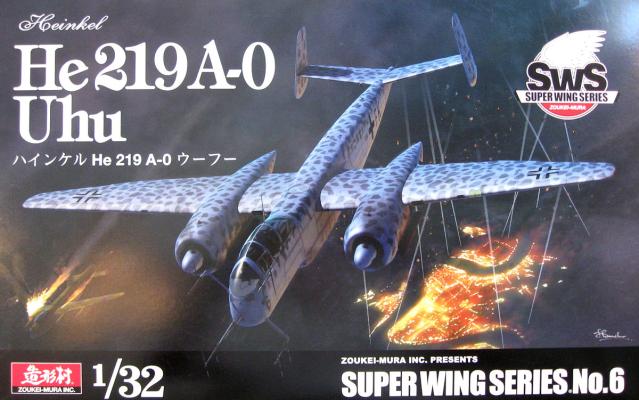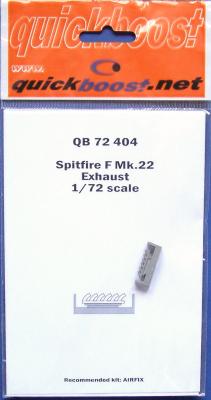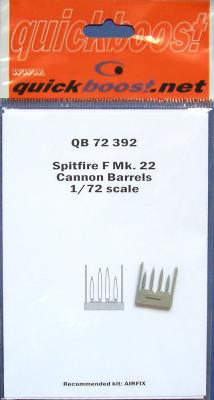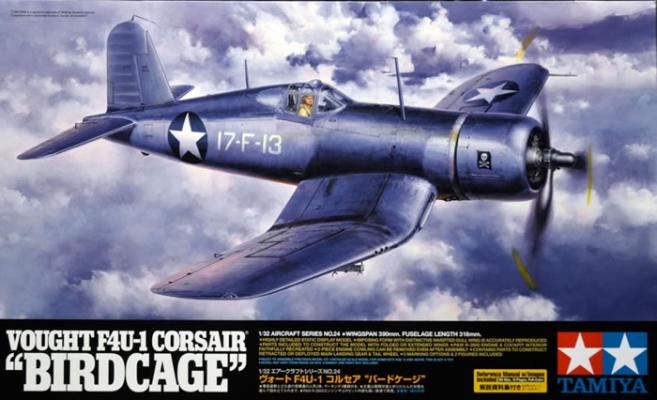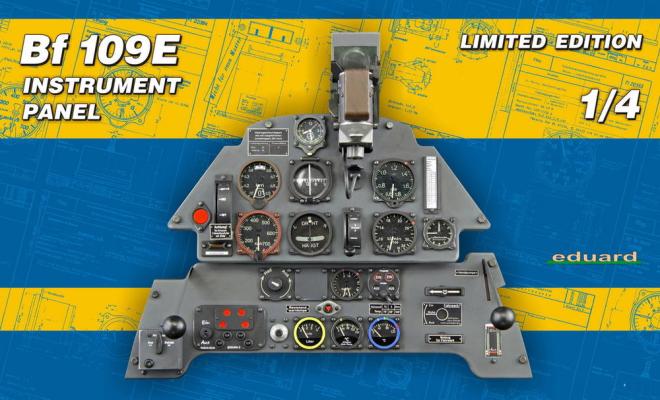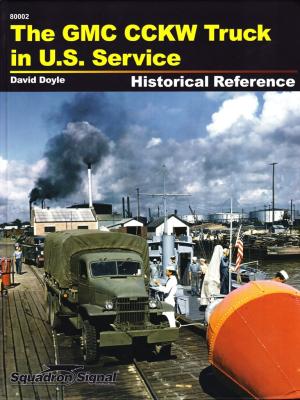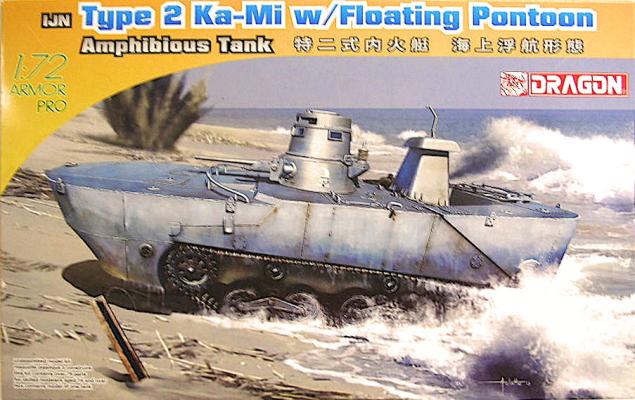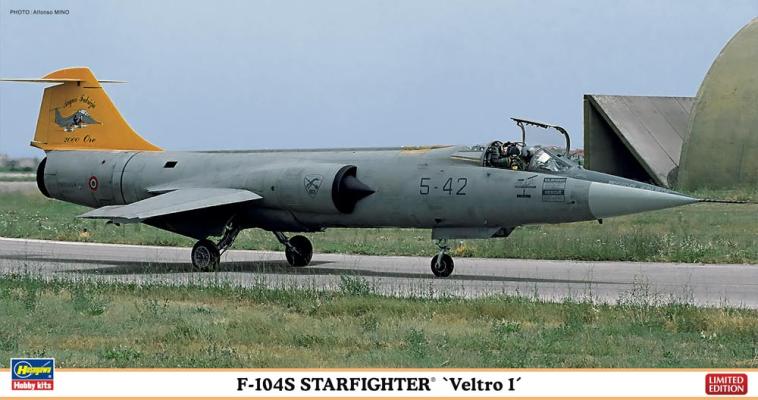Each issue of SAM follows a basic design and format. There are usually two Feature Articles, an Aviation in Profile piece, and a series of Compact Build Reviews. In this issue, the first Feature Article is by Marco Preto, who builds and reviews Meng’s Me-410B-2/U4 in 1/48th scale. This article is a must-read for anyone who is going to tackle the Meng kit, a kit that Mr. Preto highly recommends. Along with an outstanding set of images showing Marco’s kit in progress (and completed), he also provides a list of paints and weathering supplies that he used to the outstanding results one sees in the article.
The second Feature Article, on the Supermarine Attacker, was written by Assistant Editor Karl Robinson. Karl’s article highlights the paint selections he made to produce this tail dragger. Karl also indicates that the incredible results he obtained on the panel lines and seams were accomplished with MIG Productions Neutral Wash.

